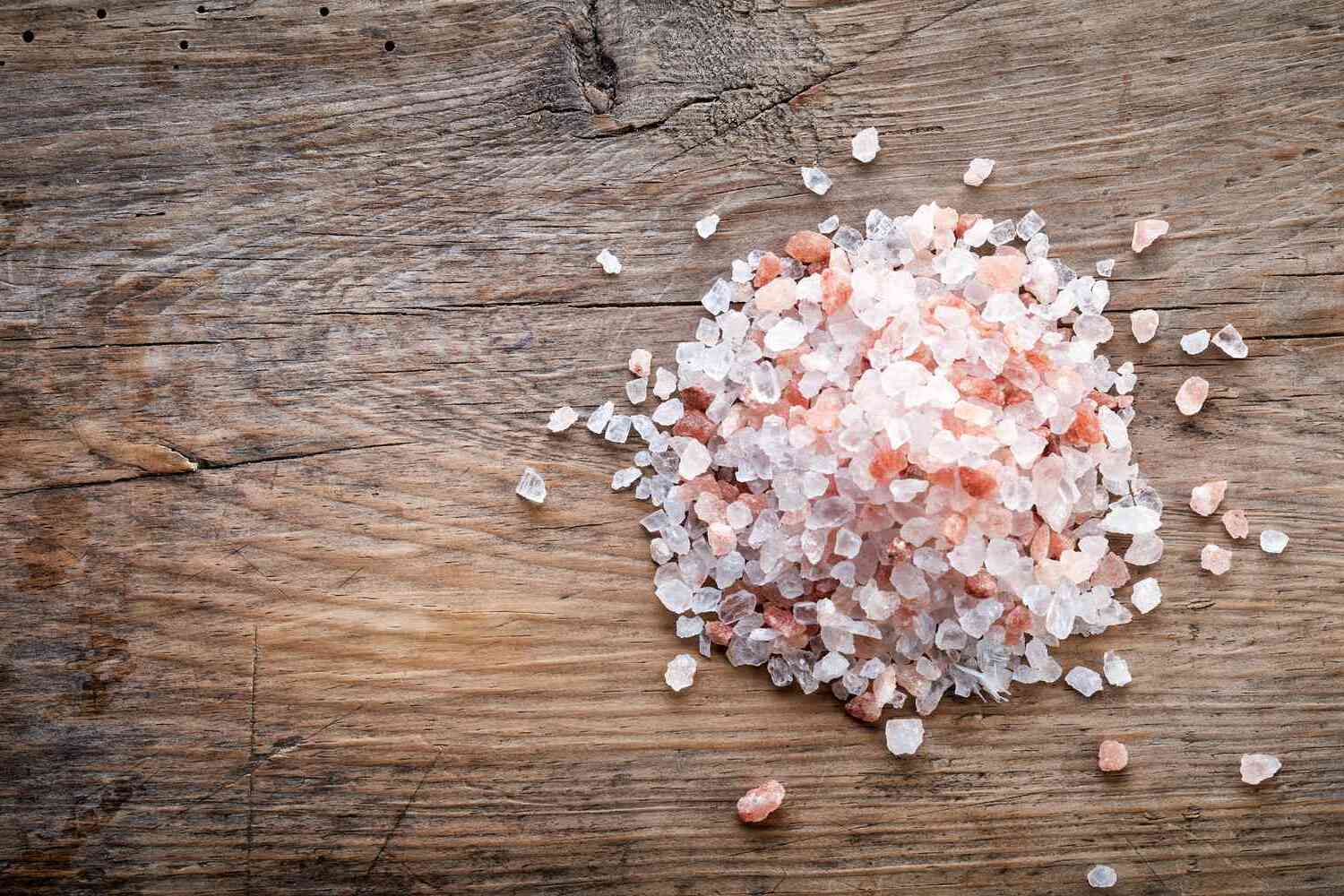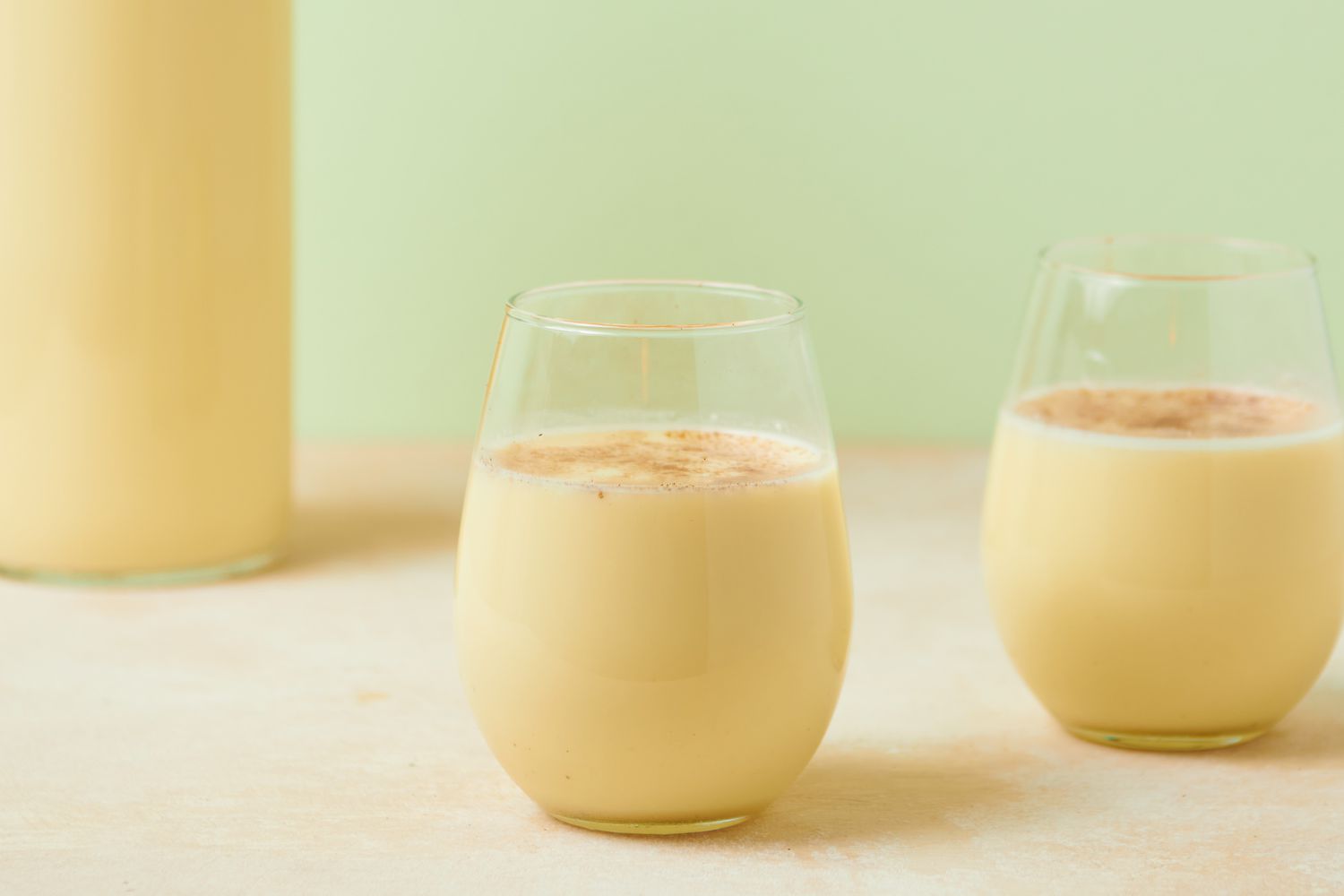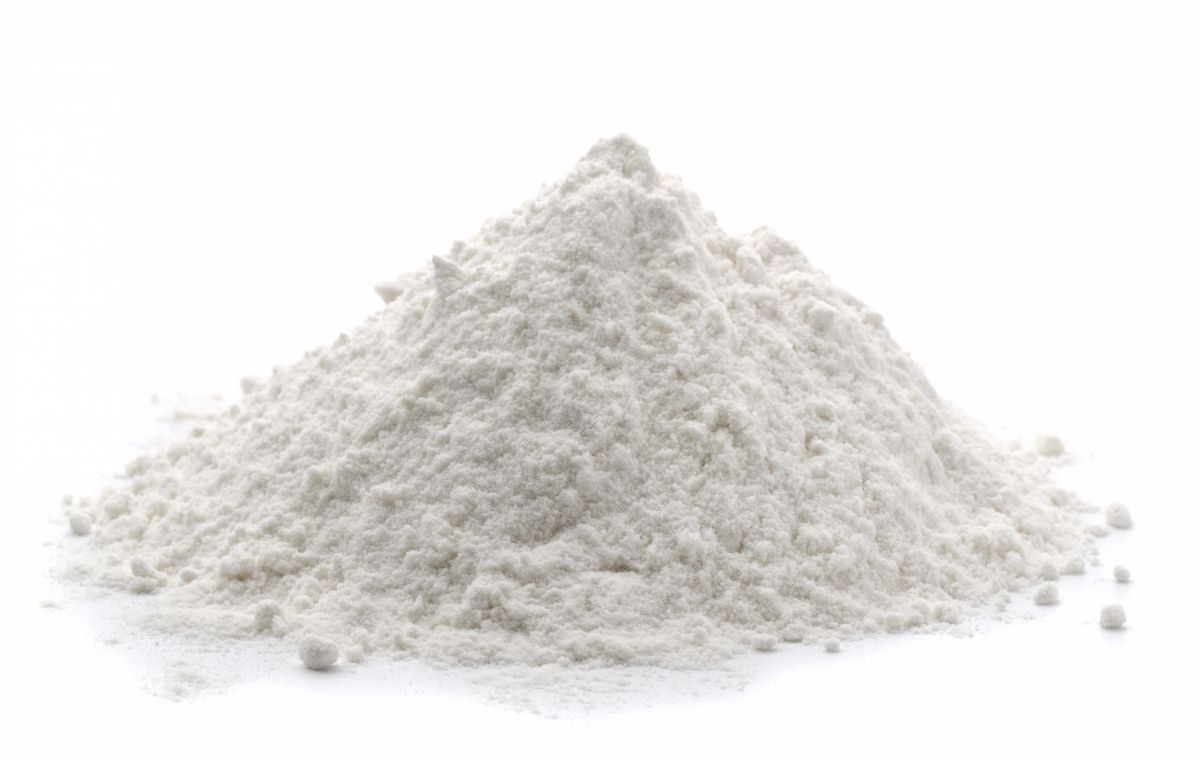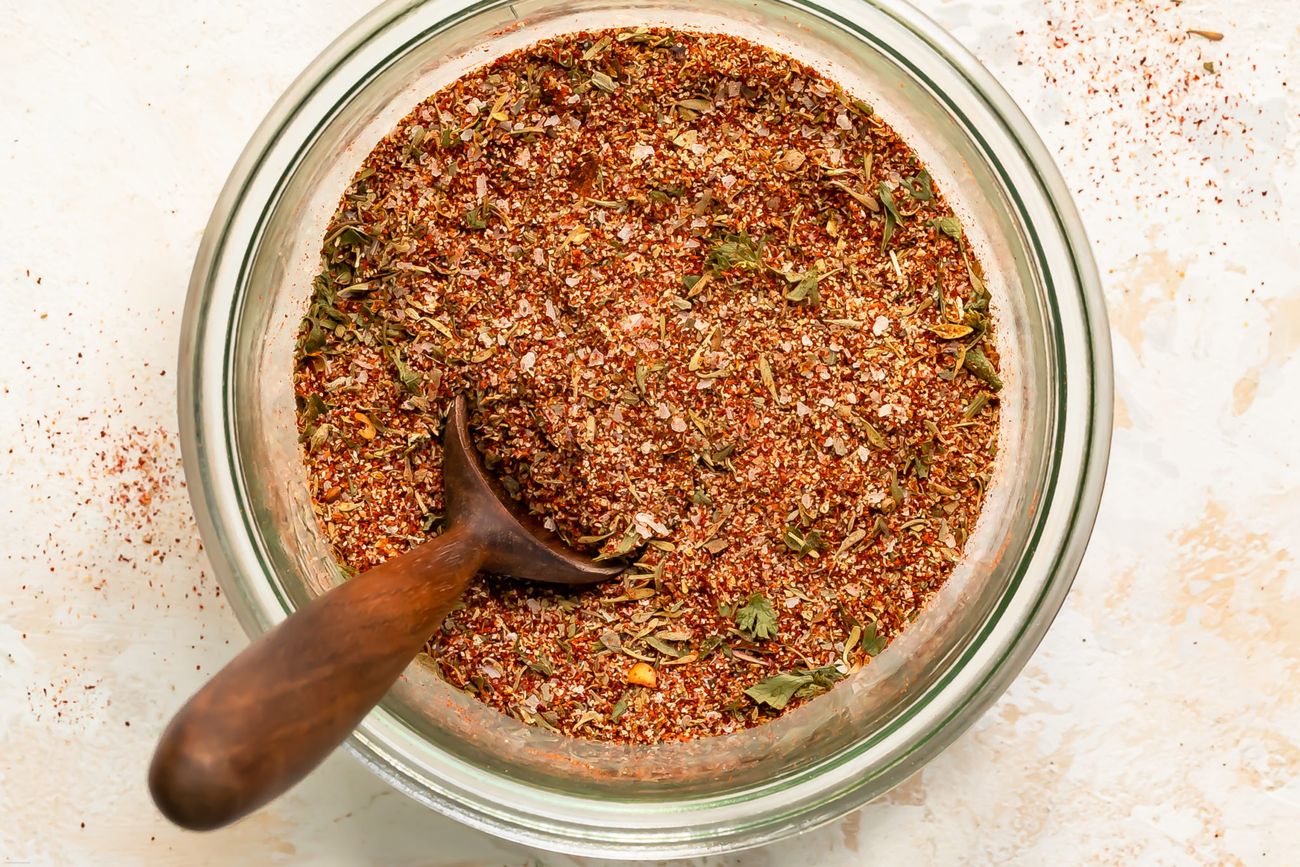Arctic Char vs Salmon: Understanding the Differences
When it comes to seafood, Arctic char and salmon are two popular choices that often get compared. While they may seem similar at first glance, there are several key differences between the two that are worth exploring. Let’s take a closer look at the characteristics of each fish to understand how they differ.
1. Appearance
One of the most noticeable differences between Arctic char and salmon is their appearance. Arctic char typically has a lighter, more vibrant pink or red flesh, while salmon tends to have a deeper, orange hue. Additionally, Arctic char often has a more mottled pattern on its skin compared to the silvery scales of salmon.
2. Flavor and Texture
When it comes to flavor and texture, Arctic char and salmon also have distinct differences. Arctic char is known for its delicate, mild flavor with a hint of sweetness. The flesh is often described as tender and buttery, making it a popular choice for those who prefer a milder taste. On the other hand, salmon has a richer, more pronounced flavor with a firmer texture, making it a versatile option for various cooking methods.
3. Habitat and Availability
Arctic char and salmon also differ in terms of their habitat and availability. While both fish are found in cold, northern waters, Arctic char is more commonly associated with freshwater environments such as lakes and rivers. Salmon, on the other hand, is known for its migratory behavior, spending part of its life in freshwater before migrating to the ocean and returning to freshwater to spawn.
4. Nutritional Profile
From a nutritional standpoint, both Arctic char and salmon are excellent sources of protein and healthy fats, including omega-3 fatty acids. However, the specific nutritional profiles of the two fish can vary. In general, salmon tends to have a slightly higher fat content, particularly in the form of heart-healthy omega-3s, while Arctic char may contain lower levels of fat overall.
5. Culinary Uses
Both Arctic char and salmon are incredibly versatile in the kitchen, and each fish lends itself to a variety of culinary preparations. Arctic char’s delicate flavor makes it well-suited for simple preparations that allow its natural taste to shine through, such as grilling or pan-searing. Salmon’s robust flavor and firmer texture make it a popular choice for smoking, curing, or grilling, as well as being a staple in sushi and sashimi dishes.
Conclusion
While Arctic char and salmon share some similarities, such as their cold-water habitats and nutritional benefits, they also have distinct differences in terms of appearance, flavor, habitat, and culinary uses. Whether you’re a seafood enthusiast or simply looking to expand your culinary horizons, understanding the unique characteristics of each fish can help you make informed choices when it comes to selecting and preparing these delicious and nutritious options.
Next time you’re at the seafood counter or perusing a restaurant menu, consider giving Arctic char or salmon a try and savoring the unique qualities that set them apart.
Was this page helpful?
Read Next: What Is Chicken Modiga











